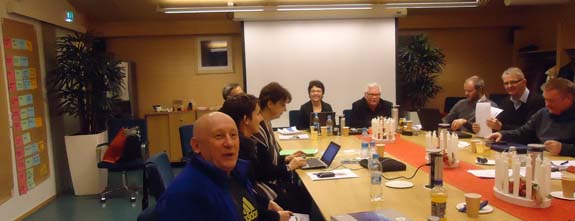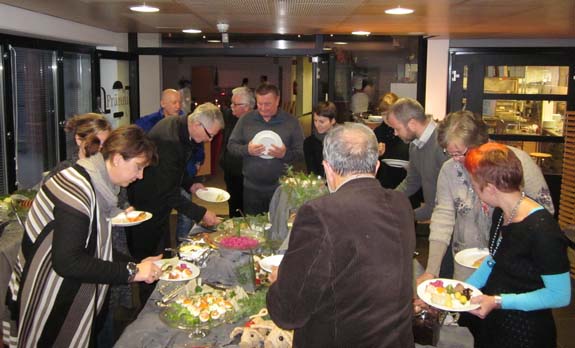In the end of March, Conventus-group met in a project meeting in Iceland 26th – 29th of March 2012 at Bifröst University Campus. The purpose of the meeting was mainly to discuss and evaluate the draft of the results from WP2 Gap analysis of the state-of-the-art of the status of the cooperative movements, learning models targeted at cooperatives and other general statistics on population, number of staff at cooperatives and number of cooperative companies and enterprises, as well as cooperative national agencies.
In the beginning of the meeting, project manager Eila Seppänen discussed the importance of using Open Moodle and to put all supporting documents there. She emphasized the importance of checking notes from the last LLP meeting in Brussels and future meeting dates were checked.
Emil Bjarni Karlsson and Sigrun Lilja Einarsdottir from Iceland introduced the preliminary results of WP2 Gap analysis. It became evident that there was a difference between partner countries, for example there is no existing learning model for cooperators in Iceland at the moment whereas both Trentino region in Italy, Poland, Finland and Sweden have established similar learning programmes. However, no programme was taught via e-learning or distance learning which leads to the conclusion that the Conventus learning model will be a certain novelty and addition to the existing learning models in partner countries. WP2 Gap analysis report analyses these results but following key questions were put forward in order to finalise the analysis by defining possible ‘best practice‘ and provide support and evaluation for WP3 which will be the next step in this cooperation:
- Should present models be taken into account (best practices) and what kind of resources should be aimed at (and how)?
- How should the aims of the models be designed?
- What would be the ideal teaching staff (a mixture of scholars and experts from the field)?
- Where should these models be hosted?
- Should the be free of charge and open to everyone (for promotional purposes) and how?
- How do we categorize and prioritize the target groups (present cooperators and/or cooperators to-be)?
- Should there be different themes designed for different cooperative sectors (like they do in Trentino)?
- Should the learning model provide participants with a special certification (and how)?
- How should the evaluation (if any) be designed
- Internal: Participant´s satisfaction?
- External: Impact, such as the establishment of new cooperatives?
These questions will be the guiding light in WP3 which aims at designing the learning model itself, identify target groups, make certain feasibility study by identifying problems co-operators may be facing and what kind of skills must be implemented by the future learning model. Rauno Pietilainen from Finland (KTUAS) introduced and discussed the transition from WP2 to WP3 and that open questions in WP2 need to be answered.
After lunch break, the provost (vice-rector) of Bifröst University addressed the meeting by introducing the university and refer to its history as a former Cooperative College until 1987. Bifröst now has 350-450 students on campus and same number of distance learners and has excellent campus facilities, both for individuals and families with children.
 Kristina Berneholm and Maria Henriksson from Sweden introduced WP4 status regarding group process development where study visit documentation was discussed and possible ideas of pilot groups for the learning model. Example of pilot groups are start-ups of new cooperatives, trainers, coop members, coop managers and advisors.
Kristina Berneholm and Maria Henriksson from Sweden introduced WP4 status regarding group process development where study visit documentation was discussed and possible ideas of pilot groups for the learning model. Example of pilot groups are start-ups of new cooperatives, trainers, coop members, coop managers and advisors.
Elena Badenaschi from Italy introduced the WP5 Dissemination plan. Special emphasis was on storing necessary material on Moodle and document templates and logos were introduced (were distributed earlier) and those dissemination tools are accessible on Moodle.
Jarmo Hanninen from Finland presented the exploitation framework directed by specific questions that will guide the process. In the end of the meeting, Giovanna Sonda from Italy introduced the evaluation report (WP7) for the first part of the project. According to the evaluation, all partners contributed the report. Christmas holiday had an impact on the process of the project but within acceptable limitations. In general, the process of the project is good and communications between partners function well, which has positive effect on integration among WPs. From next month (April 2012) an external evaluator will start on the evaluation of this project.
This meeting took place on 27th of March. After the meeting, a guide took a part of the group for a walk in the rain and somewhat horizontal wind upon Grábrók which is a small (and hopefully dead) volcano which is overlooking the campus (it erupted 3000 years ago).
 On 28th of March, partners undertook a journey (whereas Iceland is surely the centre of the earth, according to at least one famous sci-fi novelist) to some of Iceland´s most visited tourist destination. First stop was at Thingvellir National park and then we stopped at Geysir for lunch and some of us went for a horse ride. Next stop was at Gullfoss waterfall and the journey ended in the Blue lagoon. The weather could have been better – it could have also been worse, given the fact that the temperature was at least above zero.
On 28th of March, partners undertook a journey (whereas Iceland is surely the centre of the earth, according to at least one famous sci-fi novelist) to some of Iceland´s most visited tourist destination. First stop was at Thingvellir National park and then we stopped at Geysir for lunch and some of us went for a horse ride. Next stop was at Gullfoss waterfall and the journey ended in the Blue lagoon. The weather could have been better – it could have also been worse, given the fact that the temperature was at least above zero.
This meeting was very enjoyable and productive and gave the group an increased confidence in the value of this project and possible impact in the future.

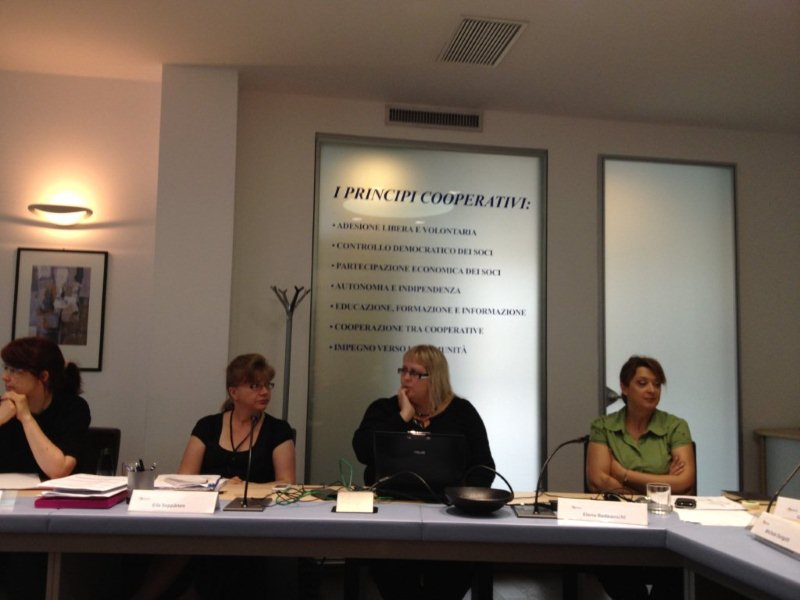
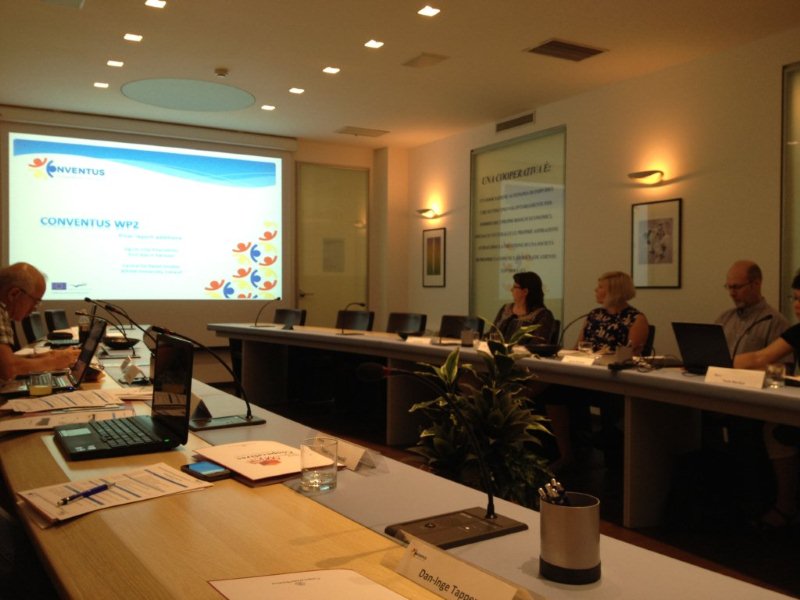
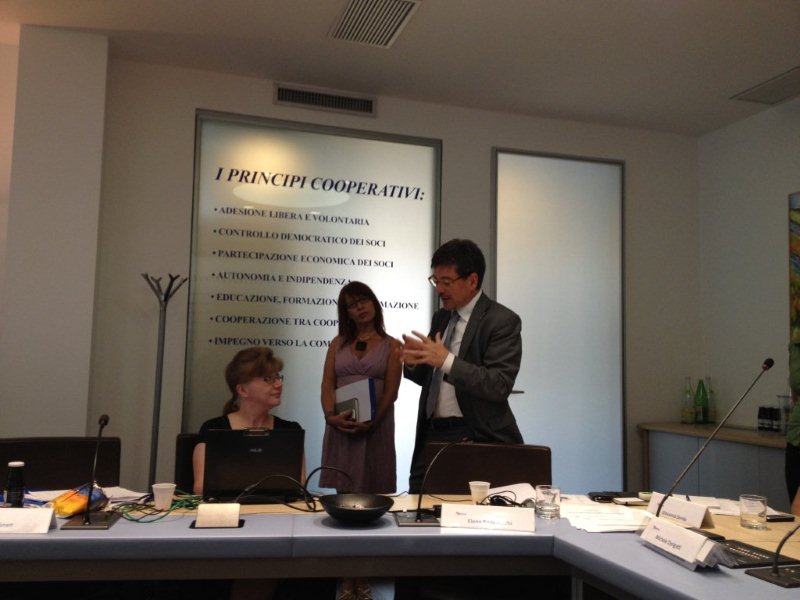
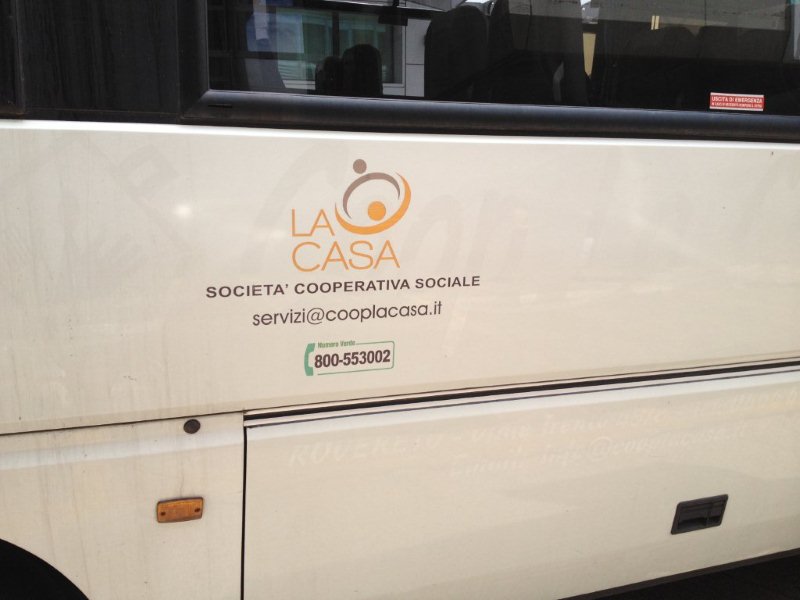
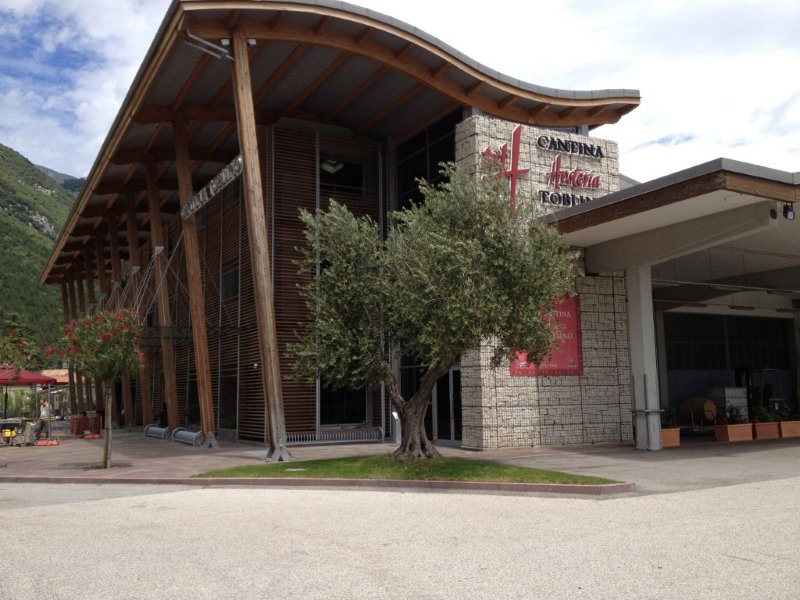
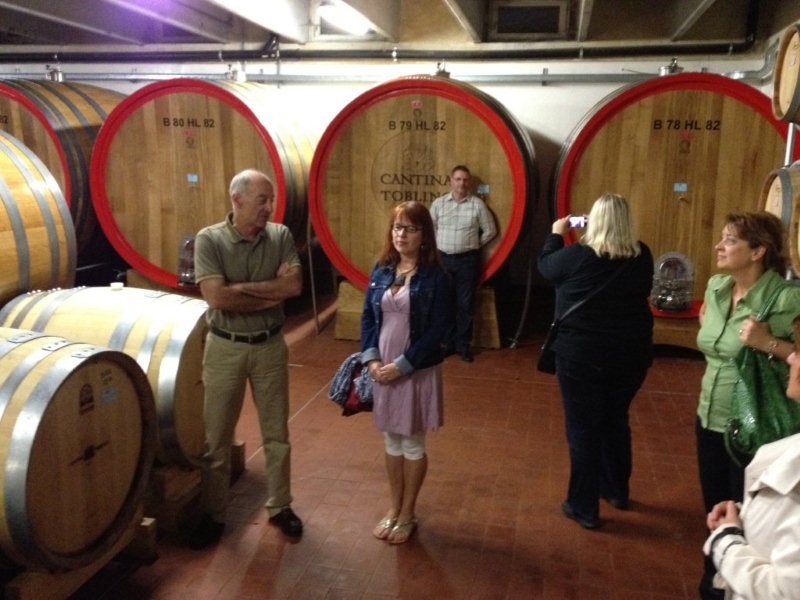
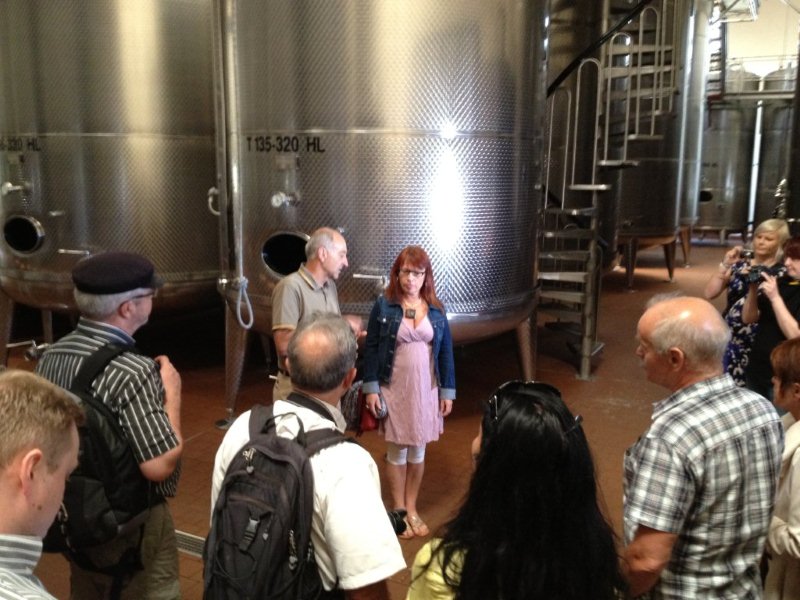
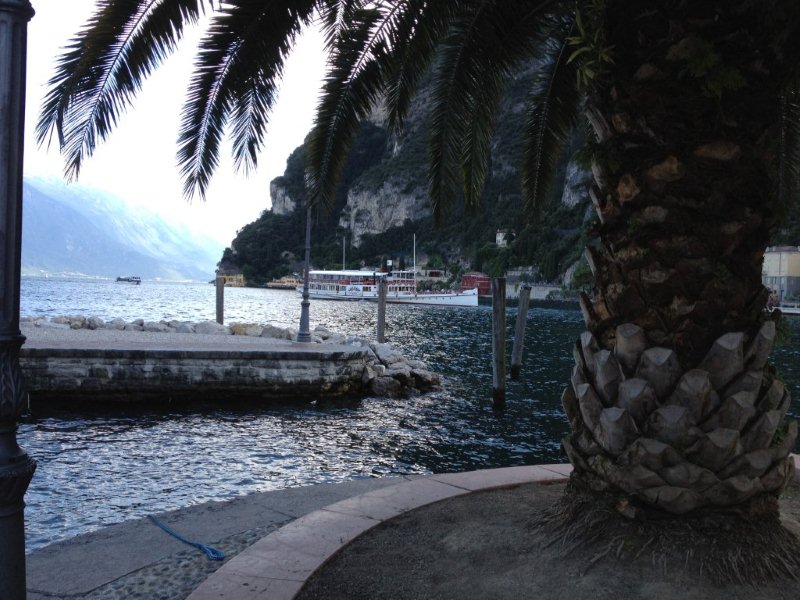
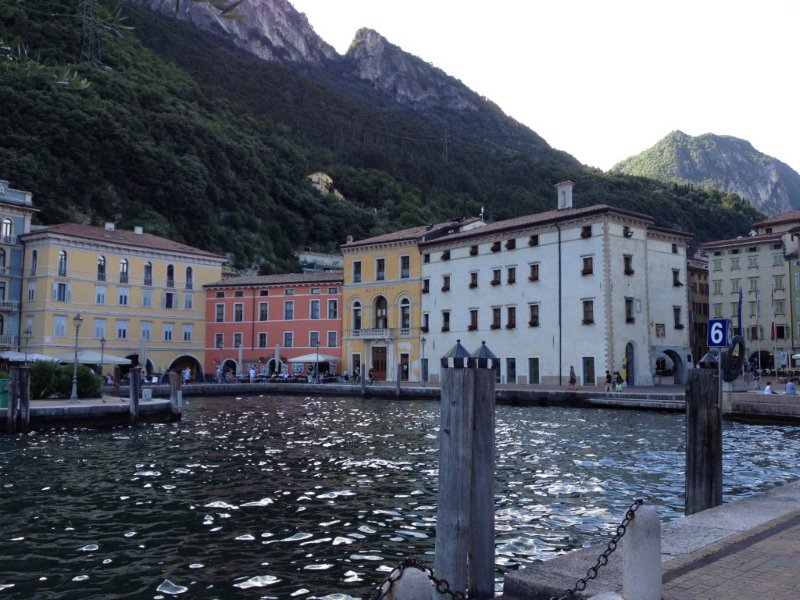
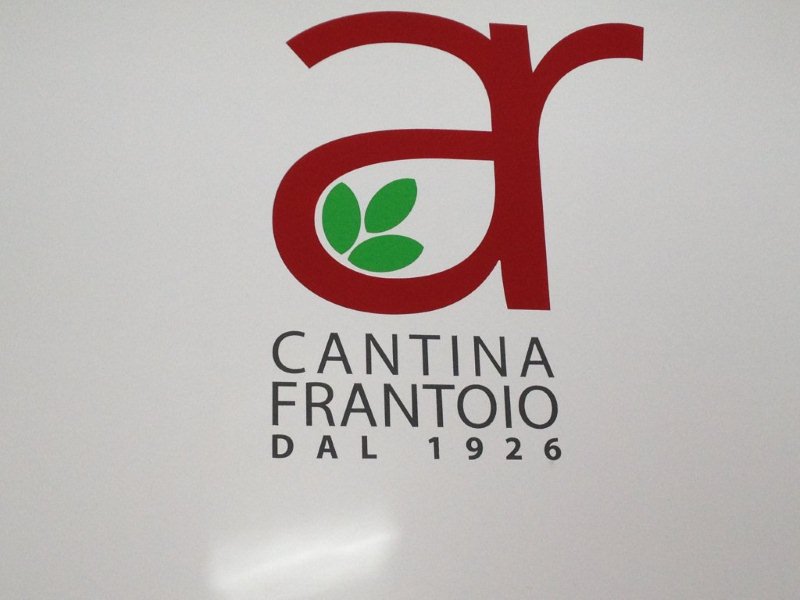
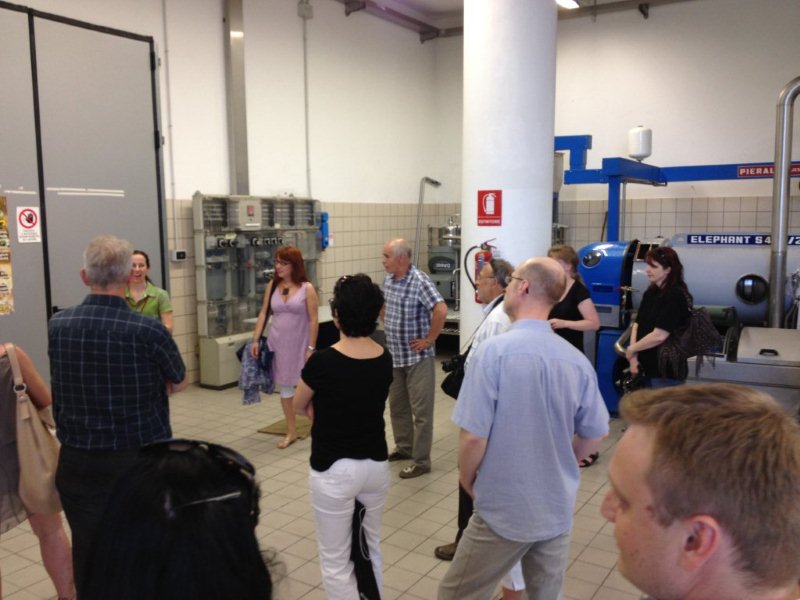
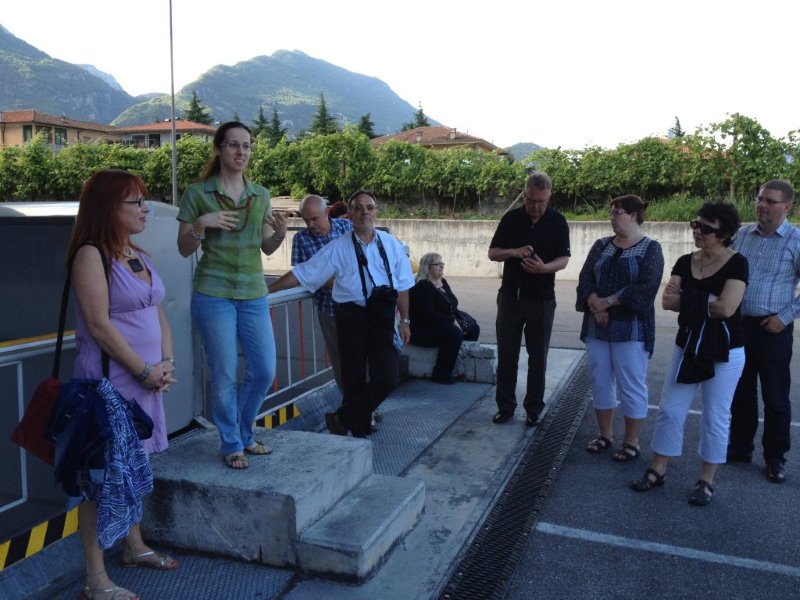
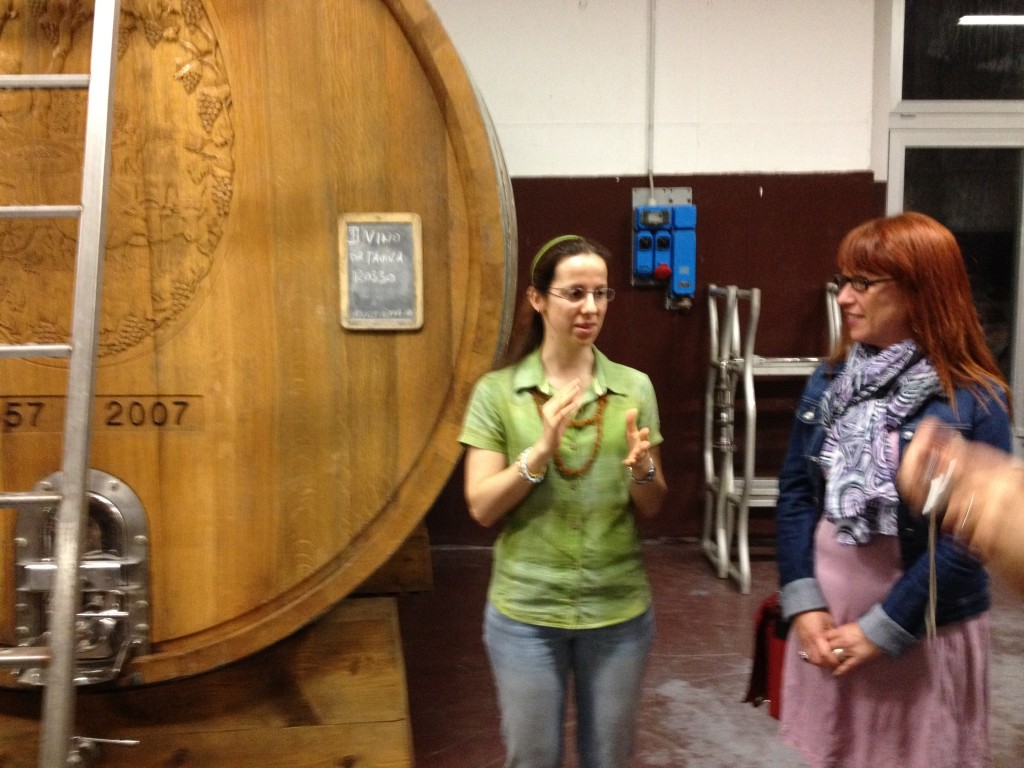
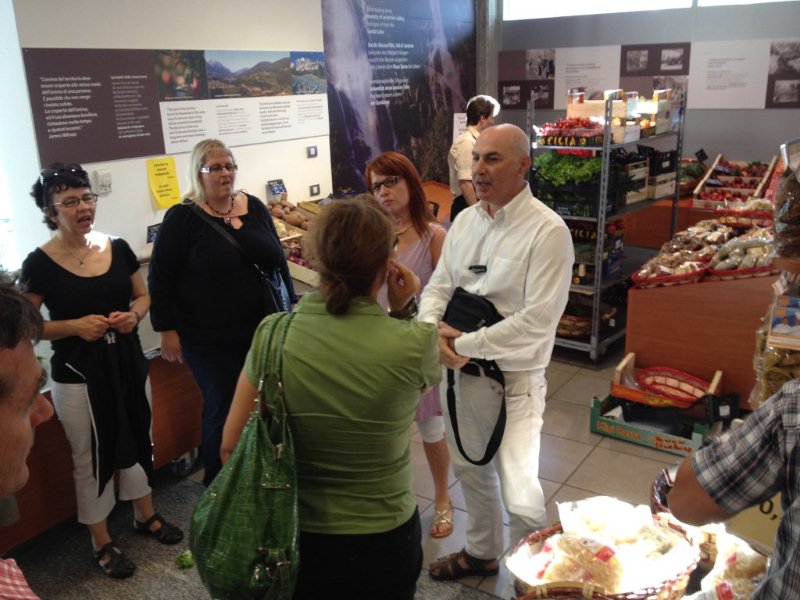
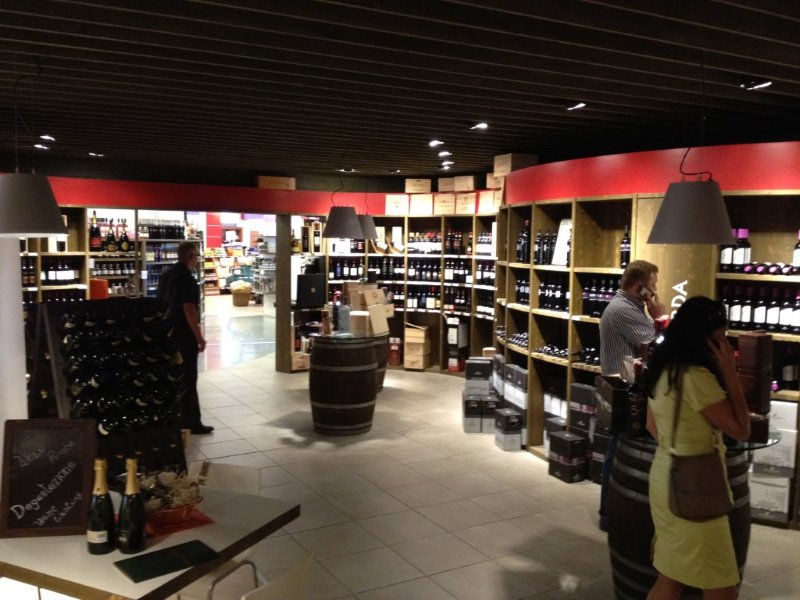
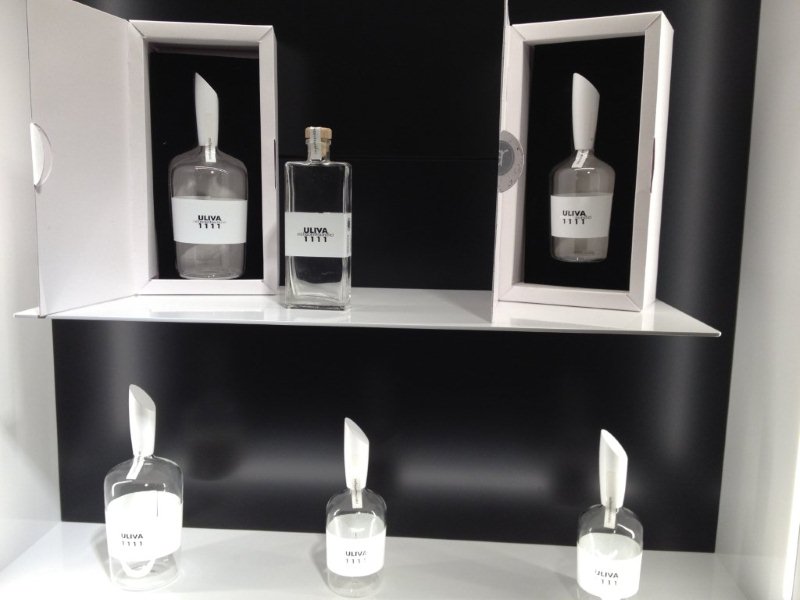
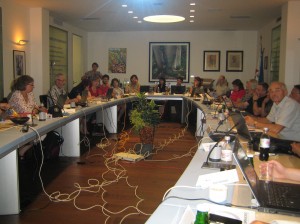
 On 28th of March, partners undertook a journey (whereas Iceland is surely the centre of the earth, according to at least one famous sci-fi novelist) to some of Iceland´s most visited tourist destination. First stop was at Thingvellir National park and then we stopped at Geysir for lunch and some of us went for a horse ride. Next stop was at Gullfoss waterfall and the journey ended in the Blue lagoon. The weather could have been better – it could have also been worse, given the fact that the temperature was at least above zero.
On 28th of March, partners undertook a journey (whereas Iceland is surely the centre of the earth, according to at least one famous sci-fi novelist) to some of Iceland´s most visited tourist destination. First stop was at Thingvellir National park and then we stopped at Geysir for lunch and some of us went for a horse ride. Next stop was at Gullfoss waterfall and the journey ended in the Blue lagoon. The weather could have been better – it could have also been worse, given the fact that the temperature was at least above zero.